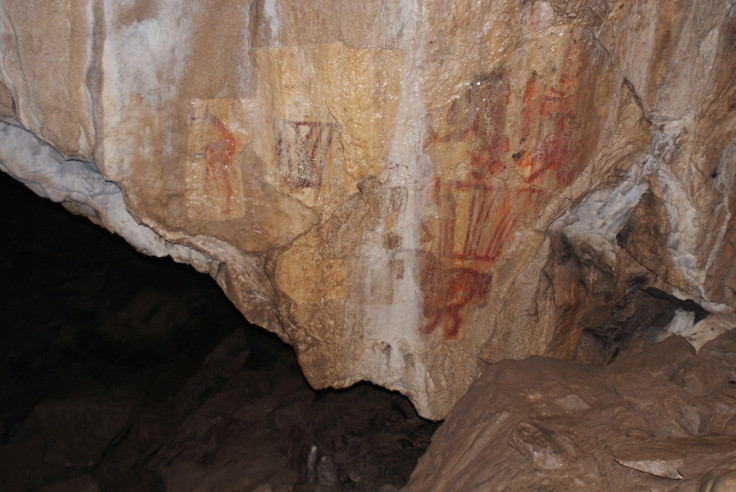Cave painting of a camel discovered in Russia could be 38,000 years old
A restoration expert found the artwork while cleaning the cave to remove graffiti.

Researchers have discovered a cave painting of a two-humped camel in the Southern Ural Mountains, Russia, which could be anywhere between 14,500 and 37,700 years old, according to preliminary estimates.
Scientists say that during this period, there were no camels in the Southern Urals region, meaning the artist or artists may have travelled large distances to reach the site.
The camel image – which was discovered by restoration expert Eudald Guillamet – shows a camel painted in red ochre and partially outlined with charcoal. Guillamet identified the artwork after being invited to remove graffiti from the Kapova cave, as the site is known.
"The age of the drawings cannot be accurately established yet," said V. S. Zhitenev, lead researcher for the Kapova cave from Moscow State University. "But the results of uranium-thorium dating of the calcite deposits on which the image is painted show that the time period during which the drawing was made was during the Upper Paleolithic age, which is no earlier than 37,700 years ago and no later than 14,500 years ago."
The Kapova cave, which is located in the Republic of Bashkortostan, an autonomous region in Russia, is one of the most famous sites for Paleolithic cave art in Eurasia. Among the images depicted there are vivid representations of woolly mammoths, woolly rhino, bison and horses. These paintings are all between 16,000 and 19,000 years old.
In addition, there are also paintings of figures that appear to be mixes of animals and fish, rarely seen in other European sites.





